What is Grass-Fed Raw Cream?
If you have never tasted the thick, sweet richness that is grass-fed raw cream, I encourage you to seek out your nearest grass-fed dairy farmer and become good friends and customers! Our Jersey cow Belle is such a sweetheart but she also makes the best milk and cream I’ve ever tasted.

UPDATED!
Thick and heavy raw cream is what my family prefers in our coffee because it’s so rich and delicious.
Heavy cream from your dairy animal is not the same as the heavy cream you buy at the store.
But not all raw cream is created equal! First, let’s explain a few things.
What is “grass-fed raw cream”?
Grass-fed raw cream is cream that comes from a dairy animal that is free to graze on fresh pasture and the cream is not pasteurized (heated to 162°F (72°C) for 15 seconds or 150°F (65°C) for 30 minutes) to kill enzymes.
“Grass-fed” means that the cow grazes on grass and other plant material instead of being confined and fed grains. We like for our cows to graze for all of their food…just the way God intended.
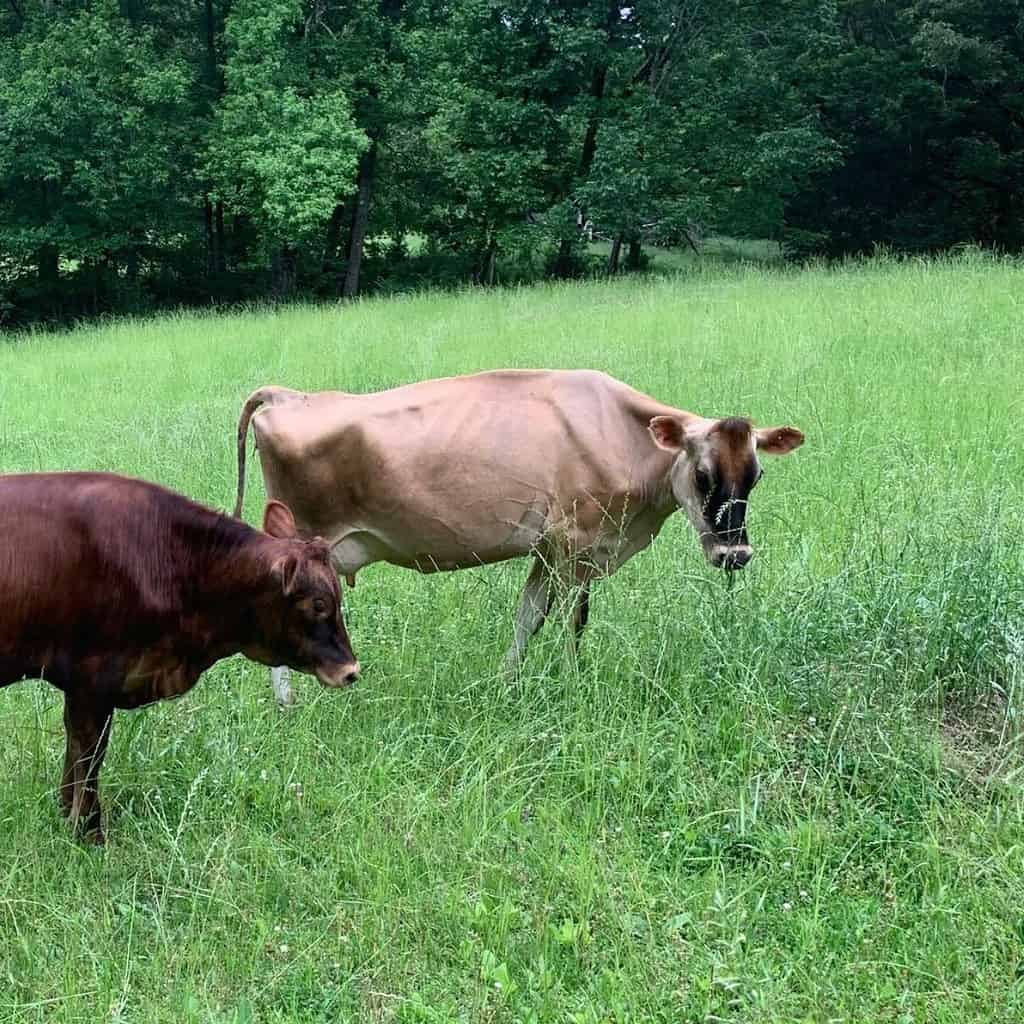
Cream is what rises to the top of unhomogenized milk. It usually takes hours for the milk and cream to separate and for the heavy cream to rise to the top. That’s why our grandparents had to shake up the milk jug that had been in the ice box overnight before they poured themselves a nice glass of milk the next morning!
Homogenization is the process of emulsifying the fat (the cream is butterfat) throughout the milk so that it cannot separate. To do this, the fat particles are forced through tiny pores under heavy pressure to make the fat particles so small that they cannot separate from the milk particles.
“Raw cream” means that the cream has not been pasteurized. Pasteurization is the process of heating the cream to 162°F (72°C) for 15 seconds or 150°F (65°C) for 30 minutes.
Does consuming dairy cause cardiovascular disease?
Recent evidence from 2019 suggests that consuming full-fat dairy may protect against cardiovascular disease. Furthermore, recommendations to restrict dietary saturated fat to reduce health risks are outdated!
Most commercial milk has been pasteurized and homogenized. The Nourishing Traditions cookbook goes over a lot of science if you’re interested in taking a deep dive.
Out of curiosity, I went to the United States National Institutes of Health (NIH) website to see if any studies had been done related to possible links between consuming dairy and increased risk of heart disease.
The National Library of Medicine lists several articles that are relevant.
A 2007 study from the British Journal of Nutrition looked at the influence of milk homogenization on the risk of cardiovascular disease, diabetes, and milk allergies. This was the anticlimactic conclusion:
“The impact of homogenization, as well as heating and other treatments such as cheesemaking processes, on the health properties of milk and dairy products remains to be fully elucidated.”
OK. They need to do more research.
A 2014 study done by Springer concluded:
“Eighteen observational studies were reviewed, the results of which indicate that total dairy intake does not contribute to cardiovascular disease incidence or death. Based on available data, it appears that milk, cheese, and yogurt are inversely associated with cardiovascular disease risk. Data pertaining to dairy fat were inconclusive, but point to a potential protective effect of full-fat milk, cheese, and yogurt on risk of cardiovascular disease.”
So it seemed the tide was shifting.
A 2019 study from Advances in Nutrition concluded:
“In fact, the weight of evidence from recent large and well-controlled studies, systematic reviews, and meta-analyses of both observational studies and randomized controlled trials indicates that full-fat dairy products, particularly yogurt and cheese, do not exert the detrimental effects on insulin sensitivity, blood lipid profile, and blood pressure as previously predicted on the basis of their sodium and saturated fat contents; they do not increase cardiometabolic disease risk and may in fact protect against cardiovascular disease and type 2 diabetes. […] Although more research is warranted to adjust for possible confounding factors and to better understand the mechanisms of action of dairy products on health outcomes, it becomes increasingly clear that the recommendation to restrict dietary saturated fat to reduce risk of cardiometabolic disease is getting outdated.”
I am not a doctor, so do your own research and talk to your healthcare provider.
What is milk pasteurization?
Milk pasteurization is the process where milk is heated to 162°F (72°C) for 15 seconds or 150°F (65°C) for 30 minutes to kill all enzymes. The test for successful pasteurization is the absence of any enzymes.
Pasteurization also destroys lactic-acid-producing good bacteria that beat out and protect against bad bacteria (salmonella). Not only that, but heating the milk alters the milk’s essential amino acids lysine and tyrosine, making the proteins less available.
And pasteurization almost or completely destroys vitamins. Vitamin C is lost by 50%, other water-soluble vitamins lose as much as 80%, and Vitamin B (specifically B12, which is needed for healthy blood and a properly functioning nervous system) is totally destroyed.
However, there are some reasons you should pasteurize your milk. For example, if you want to make your own cultured dairy from raw milk! I wrote a post on how to pasteurize raw milk and how to turn it into buttermilk if you’d like to learn more.
Grass-Fed Raw Cream is More Nutritious!
When I skim off the heavy cream from Belle’s milk jars, it is very thick and yellow.
Scientists tell us that foods rich in pigment have MORE nutrition than white or pale foods. For example, white rice versus brown rice; white wheat versus red wheat; white carrots versus deeply orange or purple carrots. Nutrition is highest in foods with the darkest pigments!
I like to refrigerate our raw milk for at least 24 hours before I skim any cream off the top. But for the thickest cream, it’s best to wait a full 48 hours before skimming the cream off the top of your milk.

There are a few layers of cream at the top of the mason jar including the heavy cream, regular cream, and light cream. The milk stays below the cream line.
The thickest, heavy cream rises to the top and it’s so thick it’s almost already butter! You can’t buy thick cream like that in the grocery store.
Grass-fed raw cream versus conventional raw cream. Which one is better?
We kept two Jersey dairy cows for a season and I couldn’t help but notice some differences. Our dairy cow Belle was free to graze on fresh pasture any time she wanted but the other one, Frankie, had come from a conventional dairy farm where she was fed a lot of grain instead of grazing on pasture.
To compare the cream, I skimmed the heavy cream from Belle’s milk into a mason jar. Then I added the skimmed heavy cream from Frankie. Her cream was snow-white by comparison.

Undoubtedly both of them had raw cream that was more nutritious than what you can find in the grocery store. And both again had more vitamins, minerals, enzymes, and gut-healthy probiotics in their cream than the highly-processed and pasteurized cream available in stores.
But you just can’t argue with the deep yellow color of Belle’s cream compared to Frankie’s snow-white cream!
I haven’t done studies on it yet but I believe Belle’s cream has more vitamins and minerals because she forages on fresh pasture all day.
Grass-Fed Raw Cream is More Delicious!
Both Belle and Frankie produced raw cream for me the day I milked them, but one of them had superior-tasting cream.
While Belle’s cream was sweet, thick, and silky smooth, with a creamy mouth-feel, Frankie’s cream was watery by comparison and had a gritty texture. It was not a pleasant mouth-feel.
UPDATE!
I’m happy to report that after several months on our farm and grazing fresh pasture, Frankie’s milk and cream got almost as good as Belle’s. The taste was very similar and the gritty texture disappeared completely! It just never got as yellow as Belle’s milk and cream.
Grass-Fed Raw Cream Conclusion.
Any raw cream is going to be more nutritious than the processed cream available in grocery stores. BUT if you can find grass-fed raw cream, you can feel good about feeding your family the extra nutrition!
(Note: Both Frankie and Belle are Jersey cows and both are approximately the same age. They also both had calved 6 months prior to this experiment and were in similar health.)
Leave a comment!
Please leave a comment if you’re ready to make the switch to grass-fed raw cream!
Other Posts Related to “What is Grass-Fed Raw Cream?”
How to Skim Heavy Cream From Raw Milk
Pasteurize Raw Milk (Tutorial)
How Long Can Cow Milk Sit Out?
What are the Health Benefits of Bovine Colostrum?
This post contains affiliate links. As an Amazon Associate I earn from qualifying purchases. That means I make a small commission at no cost to you if you place a qualifying purchase through any of the links. Read my full disclosure here. Thanks for your support!
Shop This Post!
Nourishing Traditions The Cookbook that Challenges Politically Correct Nutrition and the Diet Dictocrats
Pin It For Later!


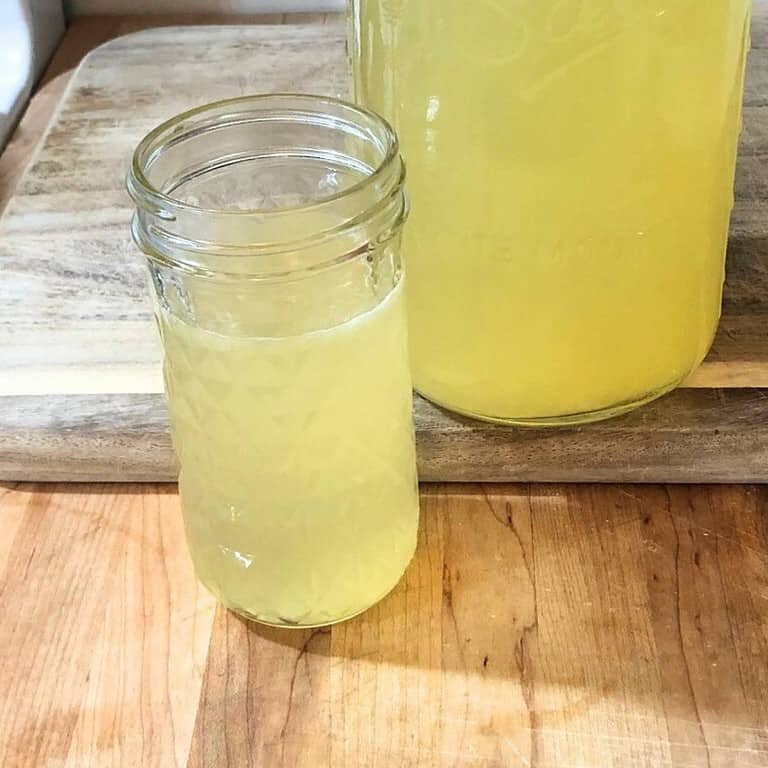

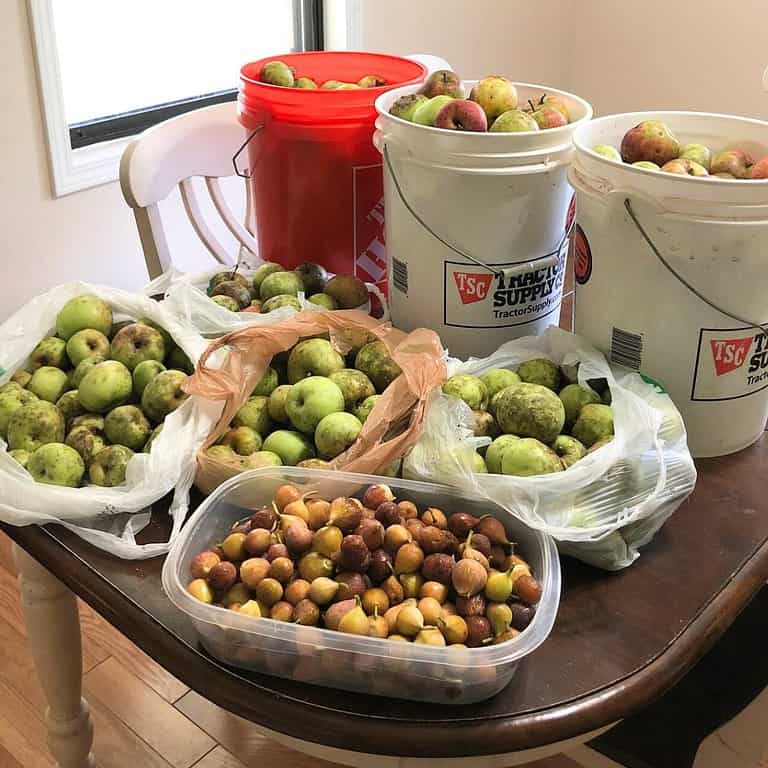
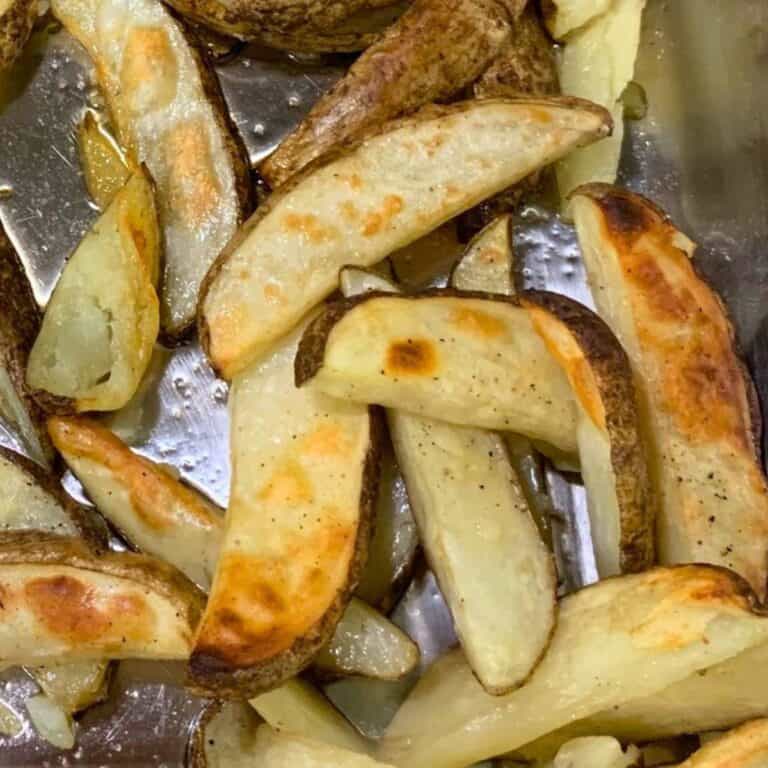
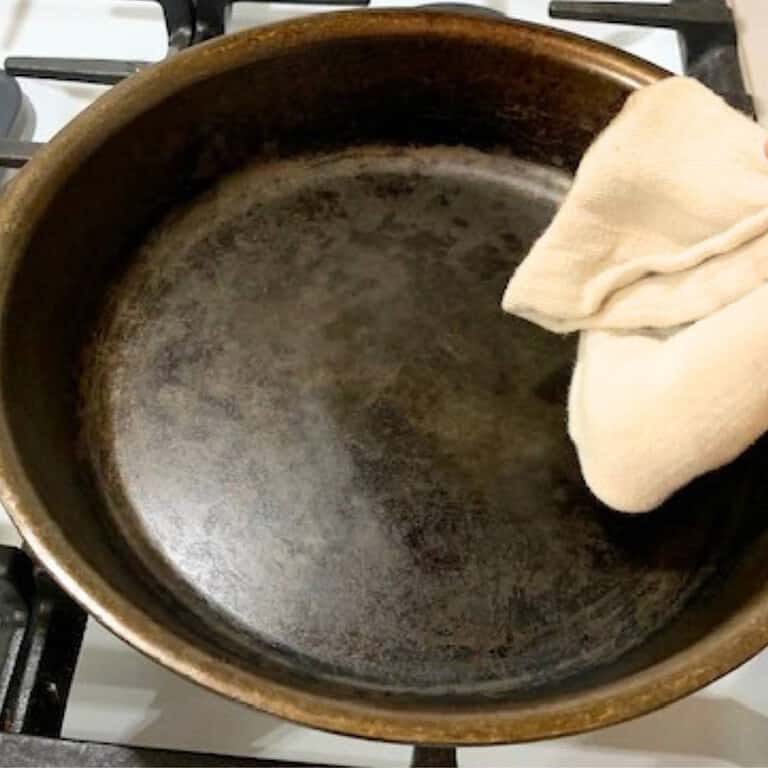
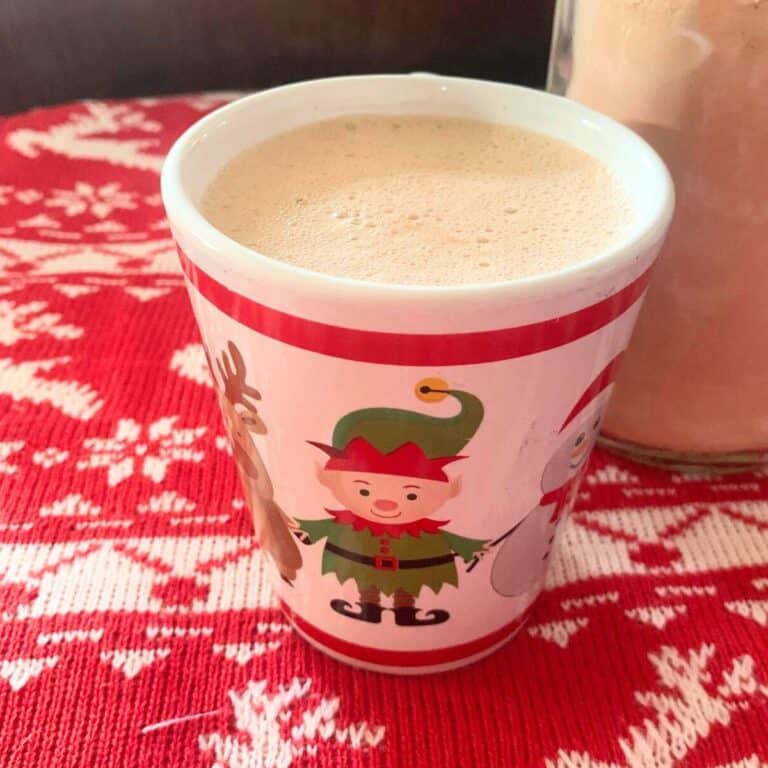
I love this in my coffee
Would like to find a source of grass fed and finished milk products. I want raw fresh cream for making butter for my family.
Thank you , Gary Klinge
Rockport Tx
It’s worth it! Try looking at the Weston A. Price website to find raw, local milk for your state at https://www.realmilk.com/raw-milk-finder/. Good luck!